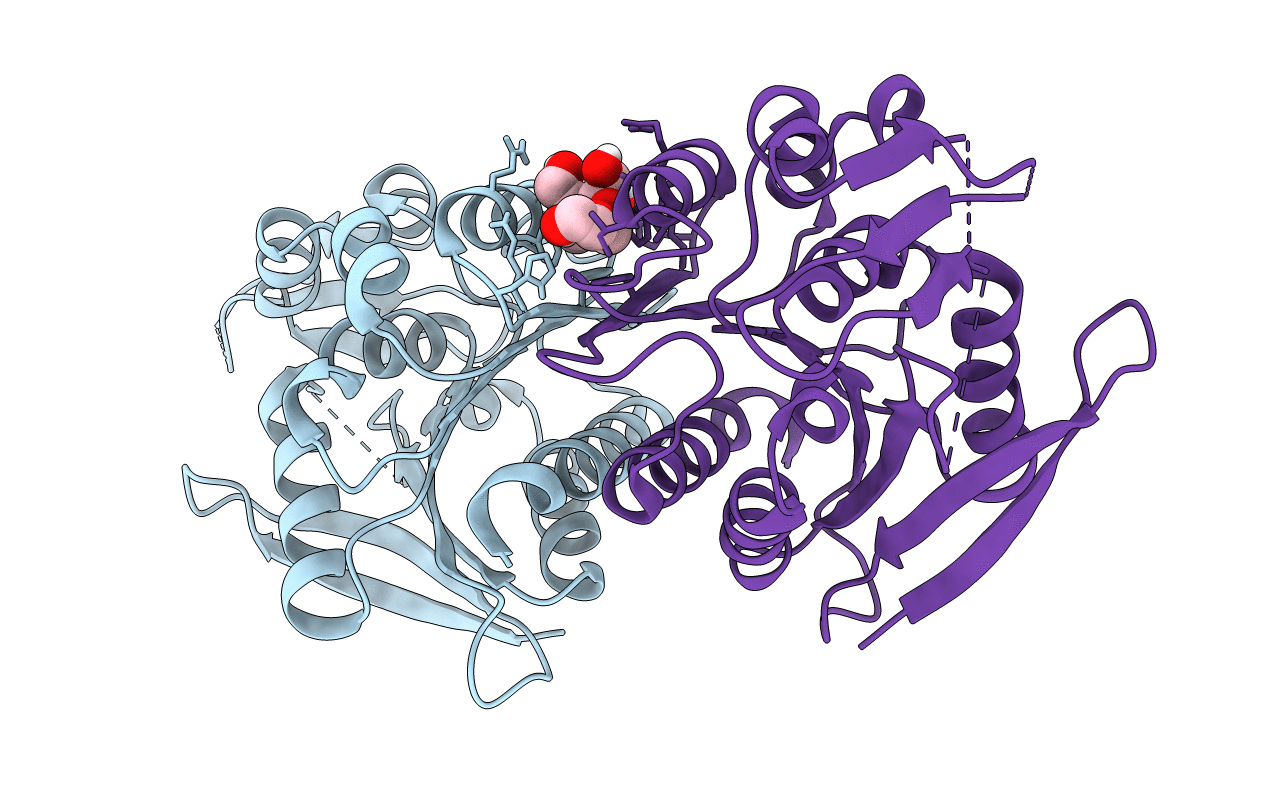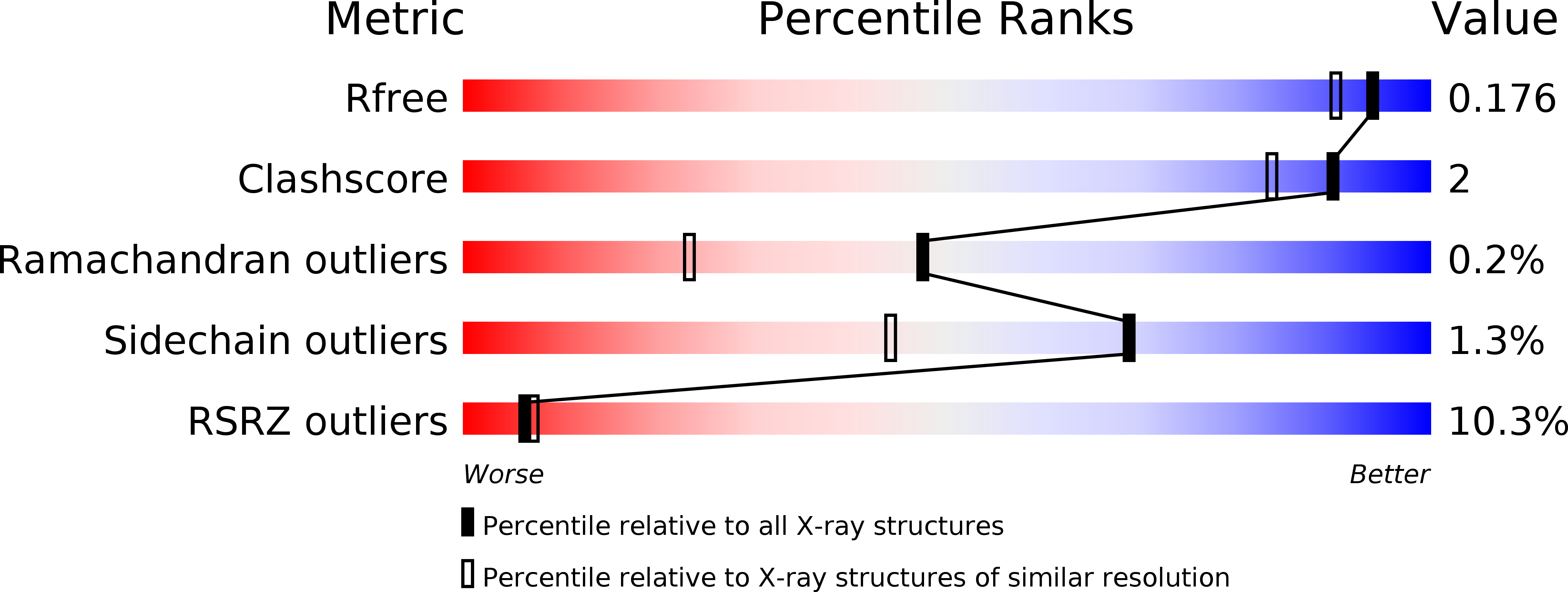
Deposition Date
2015-07-16
Release Date
2016-07-27
Last Version Date
2024-11-06
Entry Detail
PDB ID:
5CML
Keywords:
Title:
Crystal structure of the Esterase domain from Rhodothermus marinus Rmar_1206 protein
Biological Source:
Source Organism:
Rhodothermus marinus (Taxon ID: 29549)
Host Organism:
Method Details:
Experimental Method:
Resolution:
1.56 Å
R-Value Free:
0.17
R-Value Work:
0.14
R-Value Observed:
0.14
Space Group:
P 1 21 1


